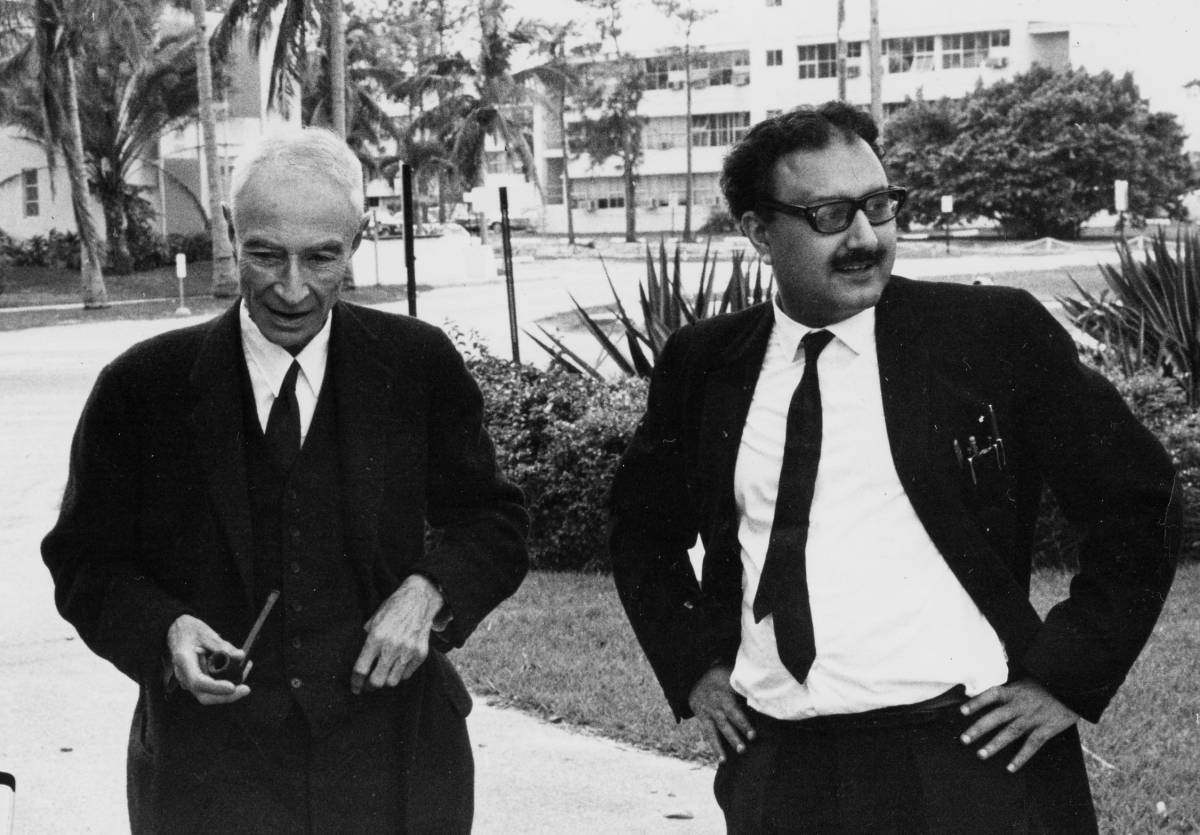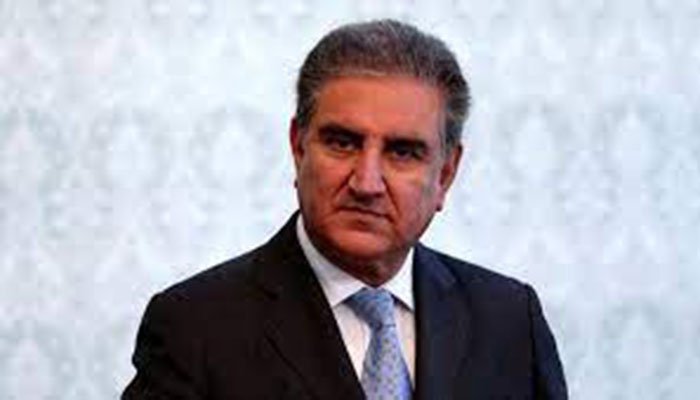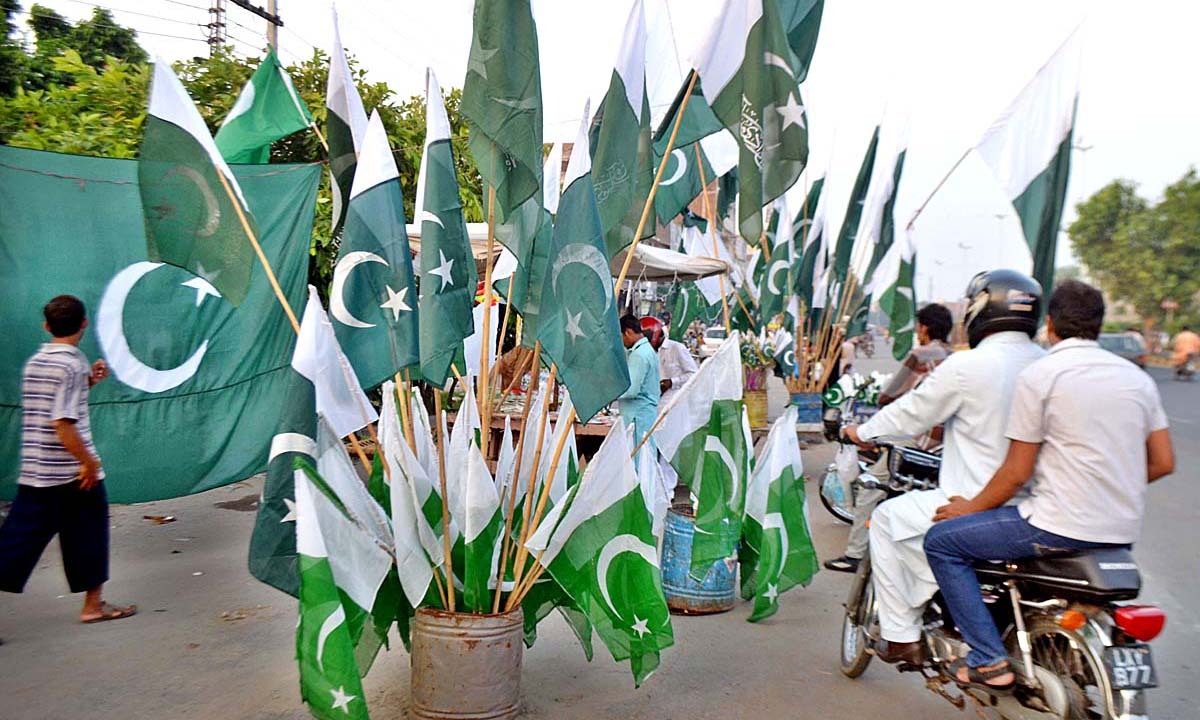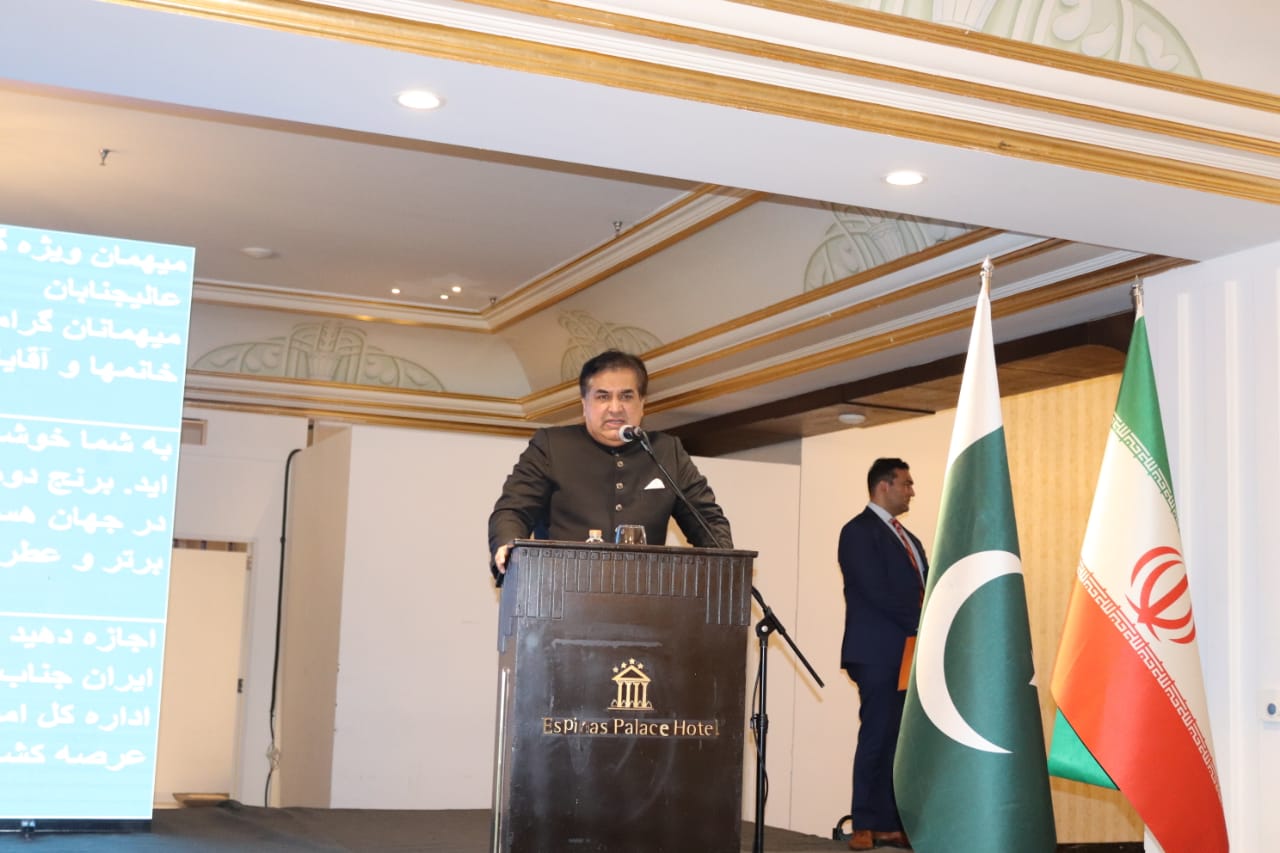Pakistan’s external loans secured $4.585 billion from July to January of the 2024-25 fiscal year. This marks a decline from the $6.31 billion borrowed during the same period last year. The Economic Affairs Division (EAD) released this data, showing a decrease in foreign borrowing.
Exclusion of IMF Assistance
The reported figure does not include the $1.03 billion first tranche received from the International Monetary Fund (IMF). If included, total external financing would stand at $5.585 billion.
Revised Borrowing Target
The government initially set an external financing target of $19.393 billion for the 2024-25 fiscal year. This target was later revised to $14.393 billion, comprising $14.216 billion in loans and $176.29 million in grants. The IMF assistance remains outside this projection.
Limited Commercial Bank Borrowing
Pakistan allocated $3.779 billion for borrowing from foreign commercial banks. However, only $500 million had been received by January, and no further borrowing was recorded in November. The EAD report does not specify the lender behind this inflow.
Unmet Bond and Time Deposit Goals
The government planned to raise $1 billion through bond sales but has yet to initiate the process. Additionally, Pakistan expected $9 billion in time deposits, including $5 billion from Saudi Arabia and $4 billion from China. These funds remain unmaterialized.
Saudi Arabia’s Extended Deposit
Saudi Arabia extended its $3 billion deposit for another year in December 2024. However, this extension is not reflected in the EAD’s data for the first seven months of the fiscal year. The report also does not mention financial assistance from the United Arab Emirates.
Increased Borrowing in January
Pakistan secured $829.84 million in external loans in January, a sharp rise from the $331.59 million received in January 2024. The “Naya Pakistan Certificate” program contributed $199.23 million, bringing its total inflow to $1.126 billion this fiscal year.
Multilateral and Bilateral Lending
Between July and January, multilateral lenders provided $2.322 billion, including $458 million disbursed in January. Bilateral loans amounted to $329.10 million, with $12.68 million received in January. Non-project aid totaled $2.54 billion, including $1.312 billion for budgetary support, while project financing contributed $2.045 billion.
Key Multilateral Contributions
The Asian Development Bank (ADB) disbursed $1.048 billion, with $139.73 million in January, against an annual target of $1.651 billion. The International Development Association (IDA) released $573.85 million of its budgeted $1.525 billion. The International Bank for Reconstruction and Development (IBRD) disbursed $201.50 million against a planned $550.22 million.
Other Lenders’ Contributions
The Islamic Development Bank (IsDB) provided $265.7 million in short-term financing. The Asian Infrastructure Investment Bank (AIIB) contributed $60.22 million, while the International Fund for Agricultural Development (IFAD) disbursed $26.12 million.
Country-Specific Financial Assistance
China released $99.17 million out of its $134.18 million budgeted allocation. Saudi Arabia provided $12.37 million against its planned $76.02 million. The United States disbursed $40.05 million, surpassing its $20.88 million budget. France exceeded its planned allocation by providing $102.57 million instead of $66.30 million.
Pakistan continues to rely on external financing, but declining foreign borrowing raises questions about the country’s economic strategy. The government must explore alternative funding sources to bridge financial gaps and support economic growth.
Related Stories:
IMF loan offers Pakistan relief but long-term reforms remain a challenge
World Bank cancels $500m loan to Pakistan Amid Unmet Reform Conditions
















